Dwarf Sagittaria Care Guide (Sagittaria subulata)
Brings a slice of the vibrant riverbed into your aquarium with the Dwarf Sagittaria.
Whether you’re a novice aquarist or an experienced hobbyist, this guide will equip you with the knowledge to help your new Sagittaria subulata plants grow faster, propagate and thrive in your setup.
Related: 16 Low Light Happy Aquarium Plants
Related: Fast Growing Aquarium Plants to get “The Natural Look” fast!
Table of Contents
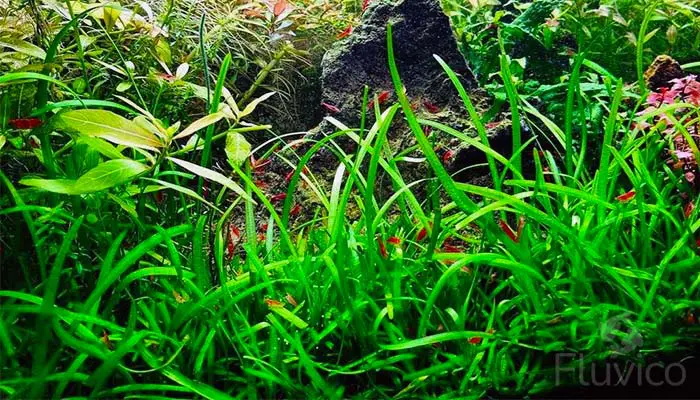
Dwarf Sagittaria Facts, Origins & Overview
The Dwarf Sagittaria, scientifically known as Sagittaria subulata (Wiki), hails from the Americas’ lush rivers and marshes. Revered for its adaptability and resilience, it has carved a niche for itself in aquariums worldwide.
The plant’s ribbon-like leaves, speedy growth, and adaptability make it a favourite stocked in fish shops around the world. Even in a diverse range of water conditions and lighting, it thrives, making it a practical addition to any aquarium.
Natural Habitat of Dwarf Sagittaria
Naturally flourishing in slow-moving rivers, marshes, and ponds, Dwarf Sagittaria is a plant that loves the shallows.
It favours sandy substrates rich in nutrients, where it roots itself firmly and extends its leaves towards the sunlight. That being said, over the years we’ve seen healthy Dwarf Sagittaria in many different tank setups from gravel & sand to being attached to driftwood.
But, if you want to recreate the most natural environment for this freshwater plant species, you’ll want to go with a nutrient-rich substrate with plenty of light.
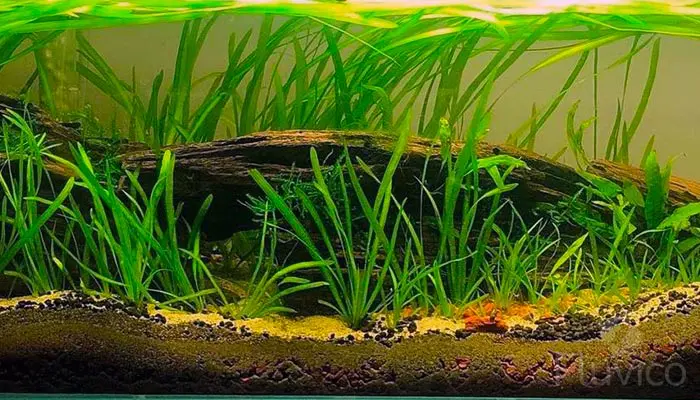
Appearance & Max Size
With its slender, ribbon-like leaves arcing gracefully towards the light, it certainly brings touch of elegance to any aquarium.
These leaves, a vibrant shade of green, will add a pop of colour to your aquatic setup. It grows to a modest height of 4 to 6 inches making it an ideal size for carpeting at the foreground of your aquarium or for smaller setups. This dense foliage is also great for improving your freshwater fish spawn rates.
Types of Dwarf Sagittaria (Sagittaria subulata)
Despite the common name of Dwarf Sagittaria, Sagittaria subulata refers to a variety of plant types, each bearing its unique set of characteristics.
The most frequently encountered types include:
- Broad Leaf (wider leaves)
- Narrow Leaf (Narrower Leaves)
- Subulata (Shorter Leaves)
Each type is distinguished by the shape and size of its leaves.
The ‘Broad Leaf’ variety boasts wider leaves, while the ‘Narrow Leaf’ variety features long, slender leaves. The ‘Subulata’ variety is known for its short, arrow-shaped leaves.
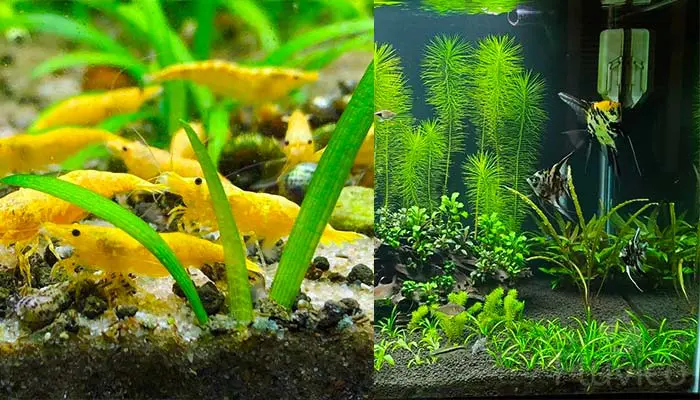
Pros
Like any aquarium plant, Dwarf Sagittaria comes with its own set of advantages and challenges. On the positive side, it’s:
- Robust & fast-growing plant that can thrive in a wide range of conditions.
- Dense enough to create an aquarium floor carpet
Cons
- The plant’s rapid growth requires frequent maintenance
- Prefers moderate to high light levels which isn’t always ideal for low-level carpet plants.
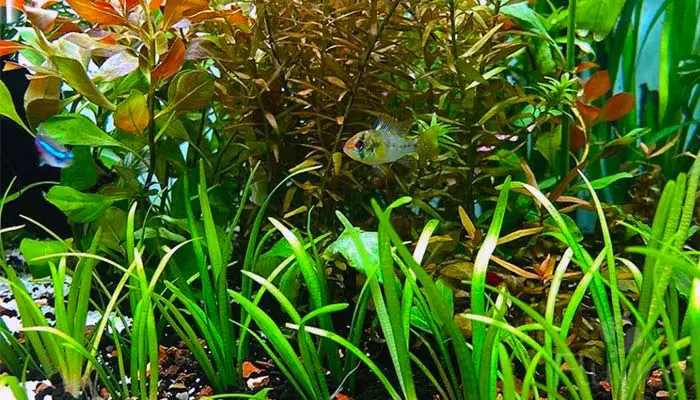
Tank Size, Water Parameters, Temp, Lighting, PH
To accommodate their fast growth, a tank of at least 10 gallons is recommended. The plant prefers soft to moderately hard water, with a pH range of 6.0 to 7.5. The ideal water temperature ranges between 68 and 82 degrees Fahrenheit, simulating the plant’s natural habitat.
Lighting is an essential aspect of care for these plants. They require a moderate to high light level to thrive and grow healthily. A well-balanced lighting scheme is crucial in preventing the leaves from growing too tall as they seek out light.
Key Facts – Dwarf Sagittaria
| Fact | Detail |
|---|---|
| Scientific Name | Sagittaria subulata |
| Common Name | Dwarf Sagittaria |
| Origin | South America |
| Max Height | Up to 12 inches |
| Growth Rate | Fast |
| Water pH | 6.0 – 7.5 |
| Temperature | 68°F – 82°F (20°C – 28°C) |
| Lighting Requirements | Moderate to High |
| Tank Size Requirements | 10 gallons and up |

How to Plant Dwarf Sagittaria
Planting Dwarf Sagittaria is a straightforward process, making it an excellent choice for aquascaping beginners. Start by dividing the plant into smaller bunches, each with a few healthy leaves.
Substrate
The plant thrives best in a nutrient-rich substrate. Insert each bunch into the substrate, ensuring the crown remains above it to prevent rot.
Attached
Though less common, Dwarf Sagittaria can be attached to rocks or driftwood using fishing line or cotton thread. Over time, the plant will anchor itself to the attached surface.
Floating
While Dwarf Sagittaria is not traditionally a floating plant, it can survive in this form. Floating Dwarf Sagittaria can provide shade and cover for aquatic creatures in the tank.
Growth and Propagation (Breeding)
Dwarf Sagittaria is a fast-growing plant under optimal conditions.
How Fast Does It Grow?
- Under the right conditions, it can grow up to an inch (2.5cm) per week, showcasing its rapid growth rate.
How to Propagate?
- Dwarf Sagittaria propagates through runners, which are horizontal stems shooting out from the parent plant, sprouting baby plants at intervals. You can leave these runners to spread naturally or cut and replant them as desired.
CO2 and Fertilization
- While not required, providing CO2 and fertilization can enhance the growth and vibrancy of Dwarf Sagittaria.
Tank Mates
Dwarf Sagittaria is a peaceful plant that gets along with most freshwater fish and invertebrates.
Suitable Tankmates
Ideal tank mates include small, peaceful fish like Tetras, Guppies, and Corydoras, and invertebrates like Shrimps and Snails.
Unsuitable Tankmates
Avoid keeping Dwarf Sagittaria with large, boisterous fish that might uproot the plant or nibble on its leaves, such as Cichlids and Goldfish.
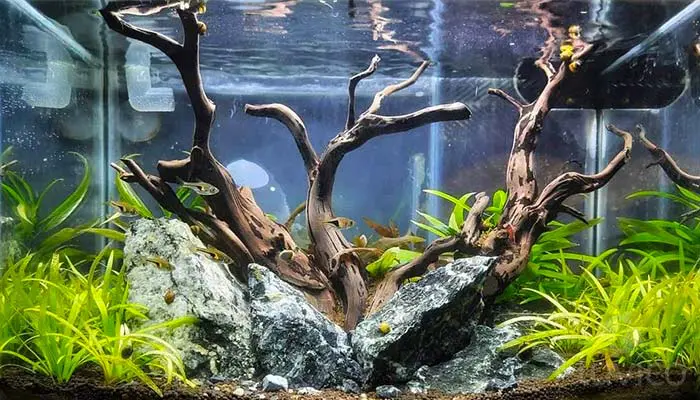
Care and Maintenance
Despite its hardy nature, Dwarf Sagittaria needs a certain degree of care and attention to maintain its optimal growth.
Is Dwarf Sagittaria Low Maintenance?
- While it’s considered low maintenance due to its adaptability, Dwarf Sagittaria does require regular trimming to keep it in check.
Trimming and Pruning
- Trimming can be done by cutting off excess runners or tall leaves to maintain the plant at your desired height and density.
Signs of Good Health
- A healthy specimen will exhibit vibrant green leaves, and you’ll notice new shoots popping up regularly.
Signs of Poor Health
- Conversely, signs of poor health in include yellow or brown leaves, slow growth, and algae growth on the leaves, indicating potential health issues or suboptimal conditions.
Common Issues & Easy Solutions for Dwarf Sagittaria
This section should cover a list of frequently asked questions regarding common issues with Dwarf Sagittaria. Topics can include dealing with yellowing leaves, combating algae growth, managing slow growth or leaf drop, and addressing any nutritional deficiencies.
This FAQ list will provide practical solutions to common problems, helping you keep your new underwater carpet in peak condition.
- Inadequate Lighting: If not given enough light, it will become leggy and sparse, and may eventually die.
- Poor Nutrient Levels: Lack of nutrients, especially iron, can lead to yellowing leaves and slow growth.
- Inadequate Substrate: It prefers a fine, nutrient-rich substrate. Without it, the plant may have difficulty anchoring and drawing necessary nutrients.
- Incorrect Water Parameters: This plant prefers slightly acidic to neutral pH levels and moderately hard water.
- Overcrowding: If planted too close together, they can compete for resources, leading to slower growth and potential die-offs.
- Algae Growth: Like many aquarium plants, they can suffer from excessive algae growth on its leaves, which blocks light and impedes photosynthesis.
- Tank Mates: Certain fish species (like larger cichlids or goldfish) may dig up or eat the plant.
- Inadequate CO2 Levels: While it can survive without additional CO2 supplementation, it grows best with a consistent supply of CO2. Insufficient CO2 can result in slower growth.
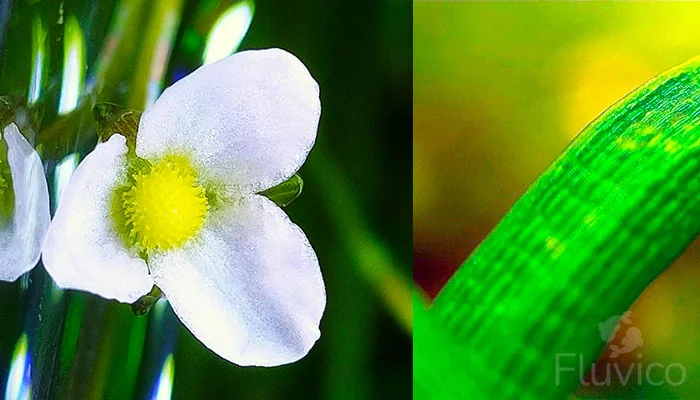
Is Dwarf Sagittaria Suitable for Your Aquarium?
Being a versatile plant that can bring beauty and balance to a wide range of aquariums. Its low to moderate maintenance needs, coupled with its aesthetic appeal, make it an excellent choice for both beginner and experienced aquarists.
However, its suitability ultimately depends on your aquarium setup and the specific needs of your aquatic inhabitants.
Before you make a decision, consider factors such as tank size, water conditions, lighting, and the preferences of your aquatic animals.
Remember that each aquarium is a unique ecosystem. With the right care and conditions, Dwarf Sagittaria can become a thriving, integral part of your underwater world, providing your aquatic friends with a natural habitat and giving your aquarium a touch of nature’s brilliance.
Thanks for reading, comment below with your questions or advice for beginners : )
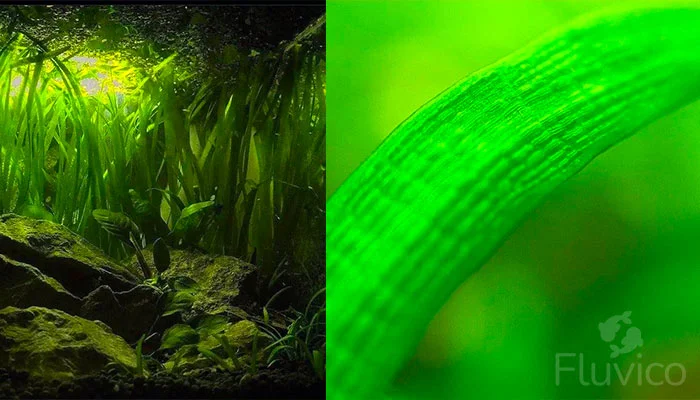
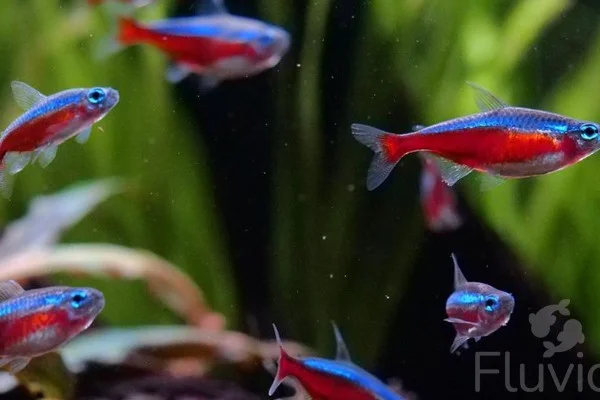

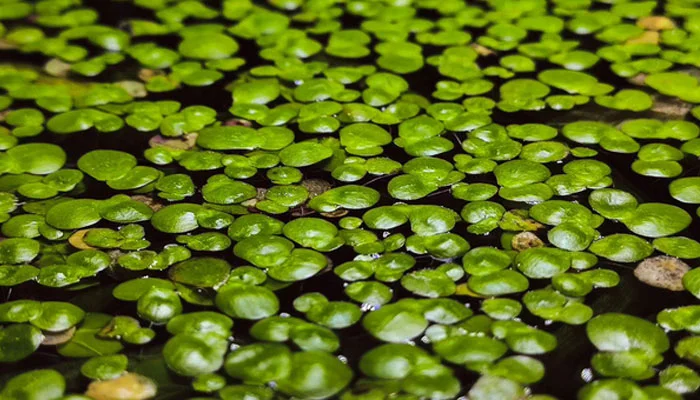
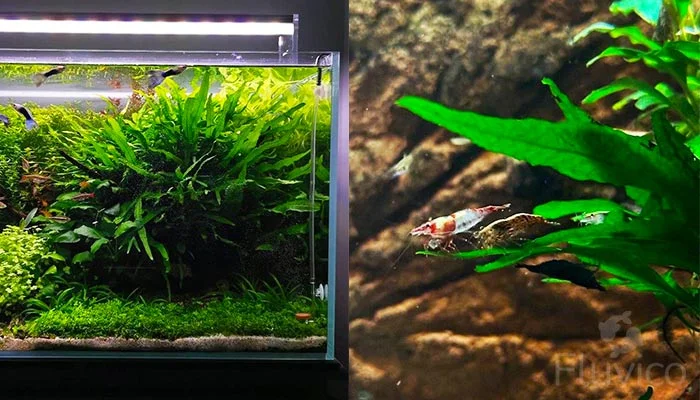


Hope you enjoyed our Dwarf Sagittaria Care Guide! As always if you have any questions or tips of your own, comment below.
All the best,
Charlie